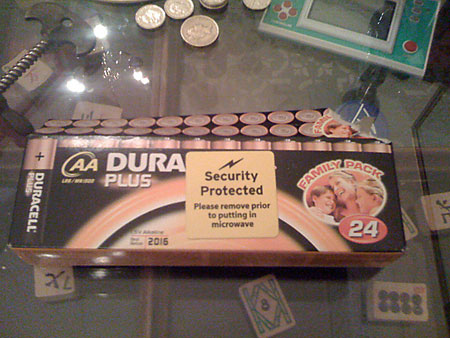I’ve spent some time today trying to figure out how to set the title of a SharePoint page from my own code. As blogger Michael Becker rightly points out, you can’t simply set Page.Title.
The correct solution, as provided by Michael, is illustrated in this example C# code:
// Get a reference to the appropriate Content Placeholder
ContentPlaceHolder contentPlaceHolder = (ContentPlaceHolder)
Page.Master.FindControl("PlaceHolderPageTitle");
// Clear out anything that SharePoint might have put in it already
contentPlaceHolder.Controls.Clear();
// Put your content in
LiteralControl literalControl = new LiteralControl();
literalControl.Text = "Your text goes here";
contentPlaceHolder.Controls.Add(literalControl);
Happily this even works when you “cheat” by hosting an ASP.NET user control within a SmartPart, as opposed to creating a bona fide Web Part.


